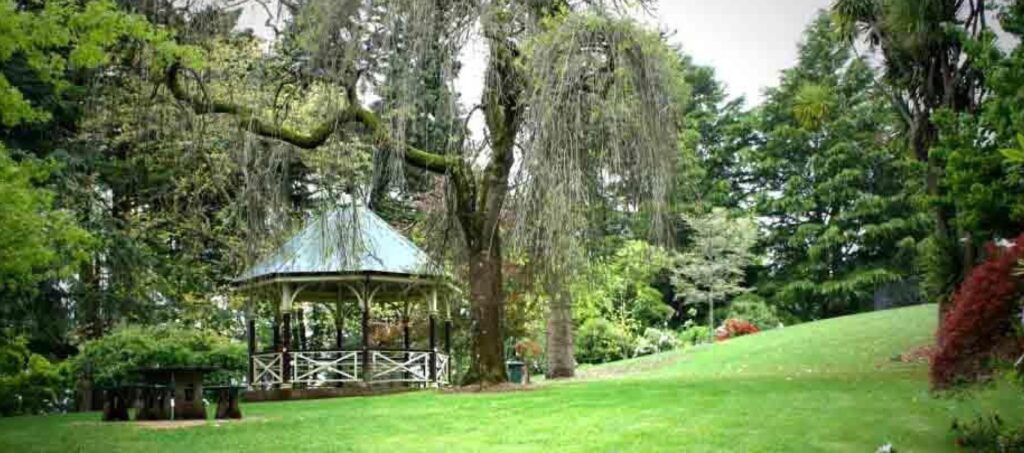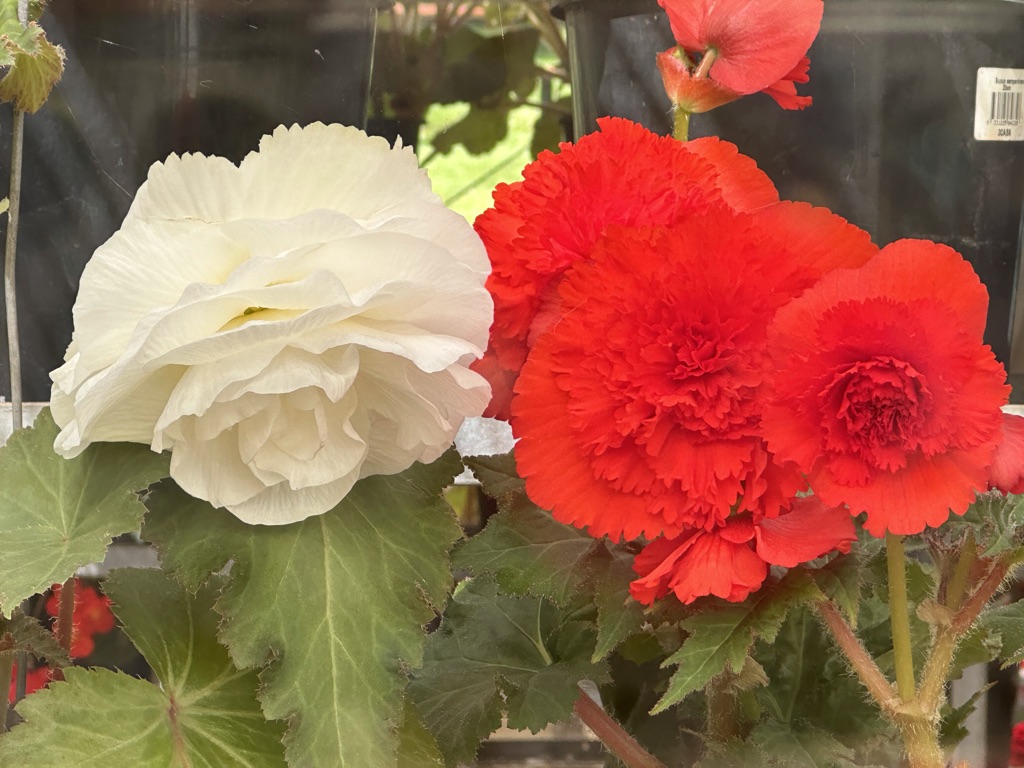A lesser-known masterpiece sits high on the hill overlooking picturesque Daylesford. A short day trip from Melbourne, Daylesford is home to Wombat Hill Botanic Gardens and the work of German-born, Baron Sir Ferdinand Von Mueller who was the Government Botanist in the 1860s. He established the 10.4-hectare garden at Wombat Hill. I guess he was experimenting after establishing the Royal Melbourne Botanical Gardens and responding to the call that all towns should have botanical gardens as the colony grew and the population started to move from the cities to the country. If only there was such a commitment to tree planting these days.
To create the garden at Wombat Hill, the native species were removed, pathways formed, and trees from Europe were introduced to the area, changing the landscape forever.
The rich volcanic soil was an ideal playground for tree planting and experimenting back then, when the Baron was introducing plant species from Europe to Australia.
https://www.lostmagazine.com.au/content/australians-baron-of-botany

The gardens today are a vibrant and thriving legacy…how does that old Greek proverb go…“A society grows great when old men plant trees in whose shade they shall never sit.” Well nowhere is this more evident than witnessing the work of the baron some 165 years down the track. The tree collection is outstanding.
There is a stunning nursery that offers healthy rare and unusual plants for sale. The money raised from the sale of these plants that are nurtured and sold by volunteers assists in funding the running of the gardens.

Local celebrity chef Alla Wolf-Tasker operates a stunning cafe in the grounds of the gardens called Wombat Hill House Cafe https://www.wombathillhouse.com.au/garden/

The gardens at Wombat Hill have a spectacular surprise with a greenhouse filled with the most stunning begonias. Now, just up the road a bit the City of Ballarat, is best known for begonias, and the Ballarat Begonia Festival is held each year in March. https://ballaratbegoniafestival.com/ However the begonias on display during our visit to Wombat Hill in January, just a few weeks ago were so stunning, I can’t imagine what could be more glorious.

According to the Joy of Plants in the UK,
“The begonia stands for caution and consideration, as well as good communication between different parties.”
I spent an afternoon recently touring Wombat Hill Botanic Gardens with my old boss (we met way back when at Myer in the 1980s) and he just happens to be the President of Friends of Wombat Hill Botanic Gardens. Dear Frank Page, and his partner and Wombat Hill’s wonderful worker bee, Ellis Ebell gave us a spectacular private cook’s tour of the gardens while not too sure about the ‘caution and consideration” that the begonia is supposed to stand for there was certainly lots of “good communications”. The volunteer group is in good hands and like the garden itself, thriving.
WHY IS IT CALLED A BEGONIA?
Michel Bégon was a French diplomat and politician who lived in The Antilles during the late 17th century. He was also a passionate plant collector. During his time in The Antilles, he met French botanist and monk Charles Plumier who in 1690 named the begonia after his acquaintance, Michel Bégon.
Begonias originate from Southern Africa and the highlands of New Guinea but do extremely well as house plants all over the world. They are certainly thriving in the greenhouse at Wombat Hill. I grow them in pots on my front verandah in Perth but my blooms are positively insignificant compared to the ones we saw at Wombat Hill. They make wonderful indoor plants as well.


Why do we gardeners always want to grow things that our home climate will not allow? I guess that is the joy of garden visiting in that you get to see and enjoy all of the beautiful plants that you can’t grow at home. That is what takes me all over the world from one garden-visiting adventure to the next. It’s my life’s mission, I have decided. That’s my story and I am sticking to that. Come to think of it though, does anyone need an excuse to visit a beautiful garden…probably not..it is, after all, therapy and good for the soul.

Happy Trails until the next
Fun fact…did you know that wombats poop in cubes?


